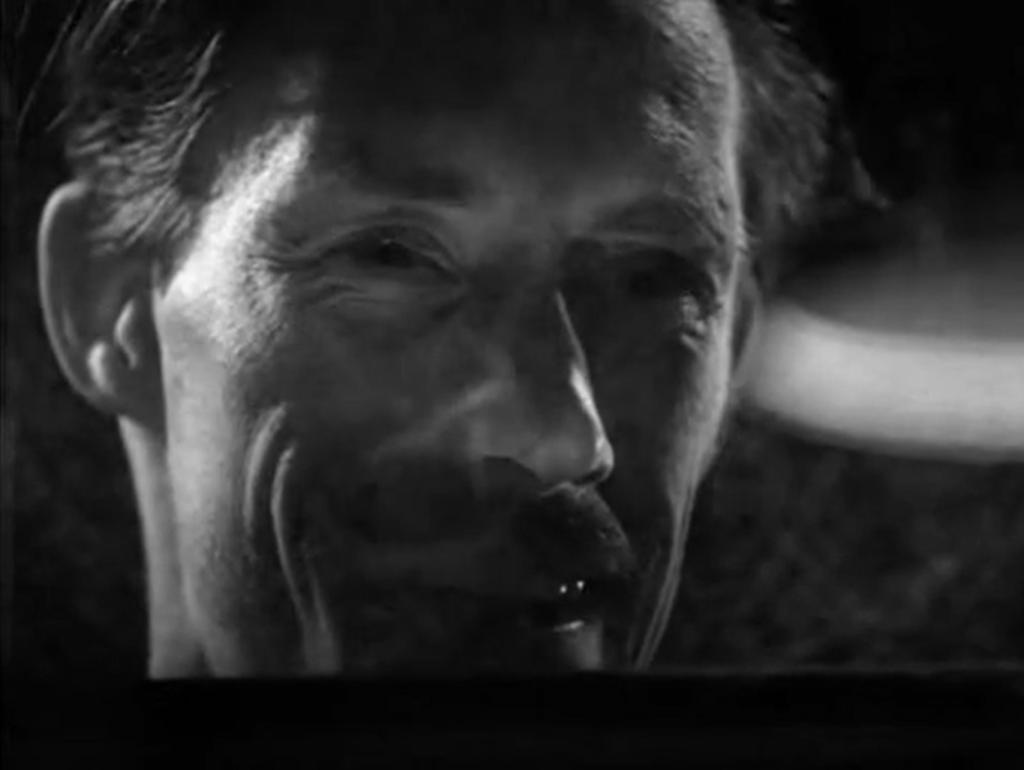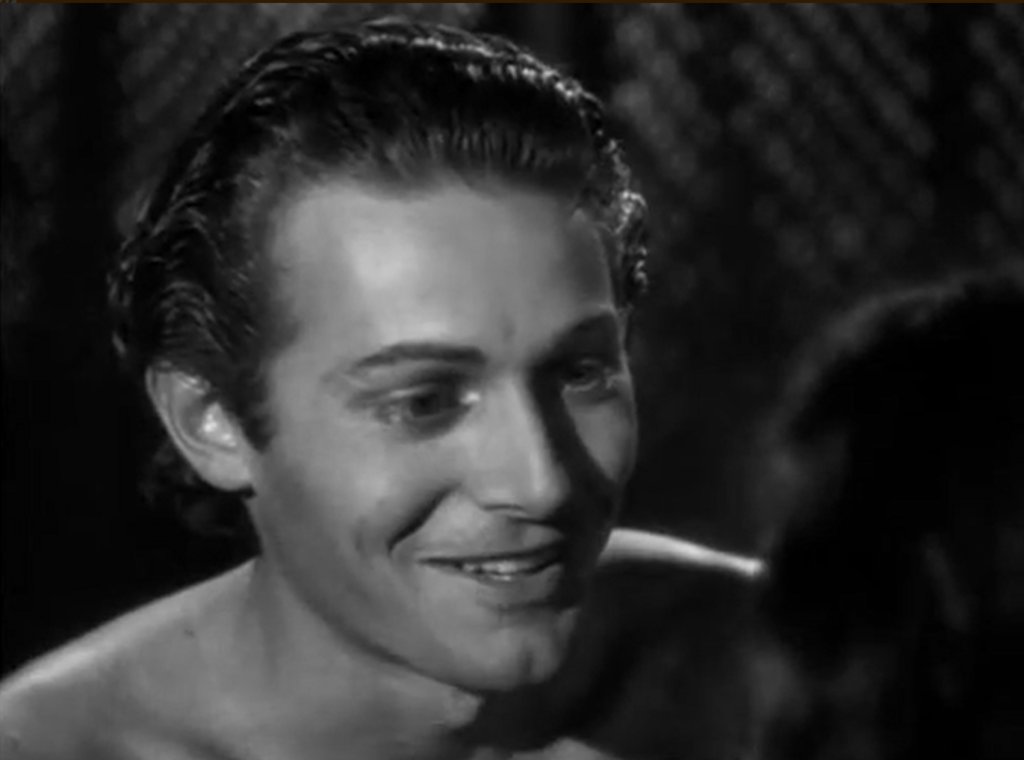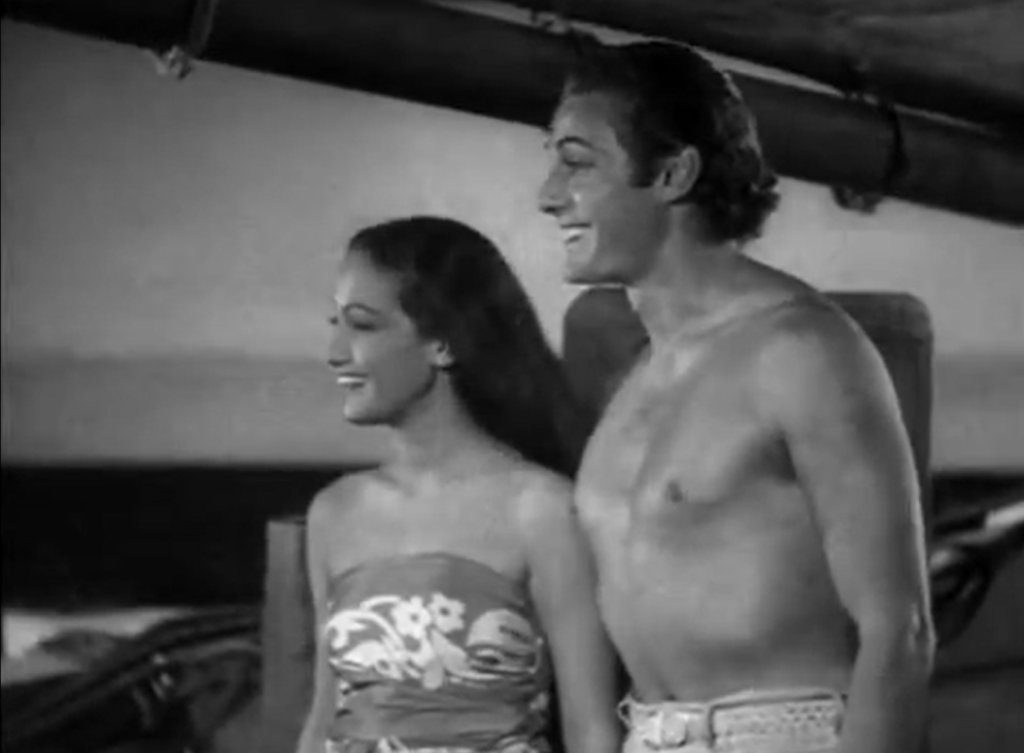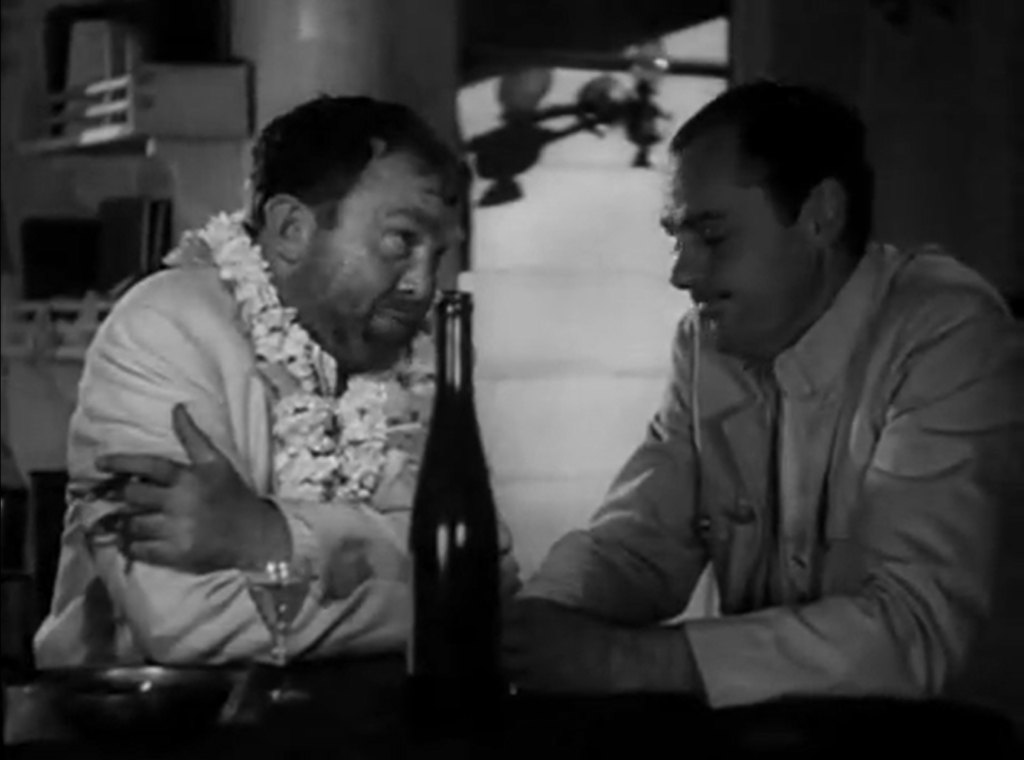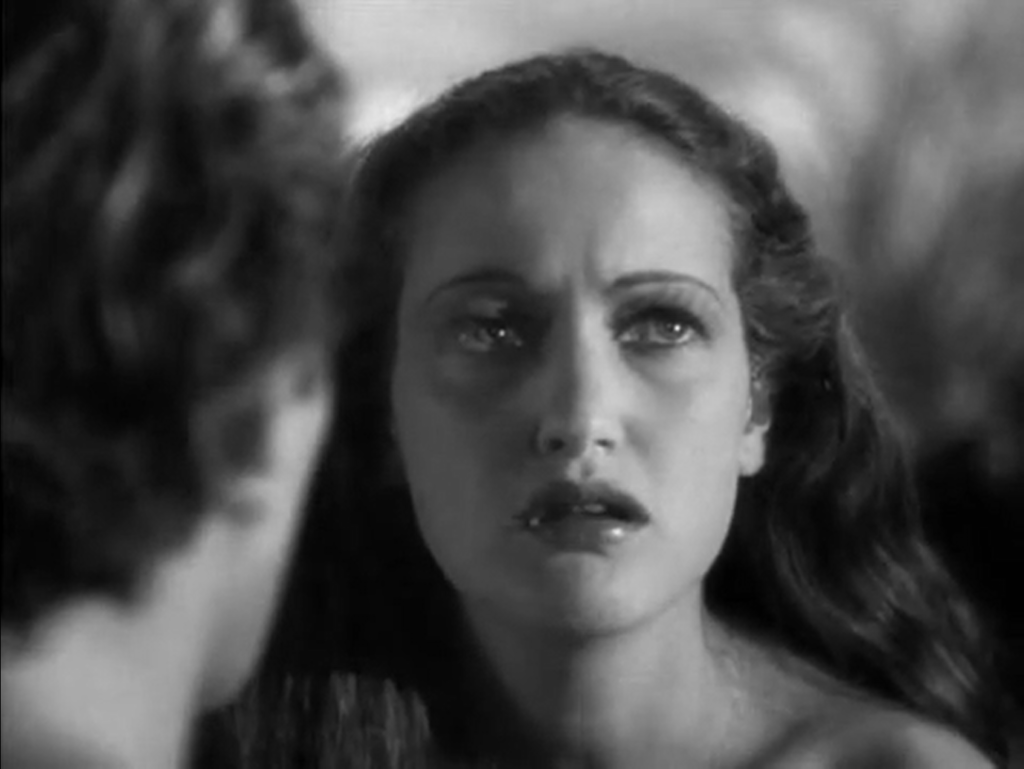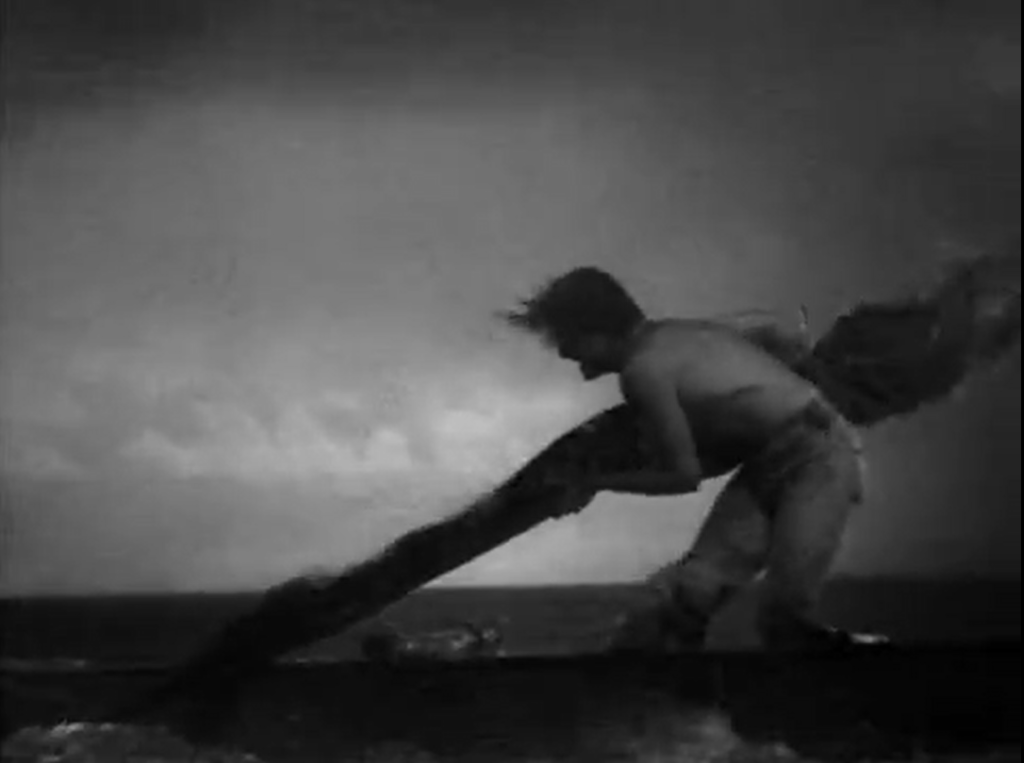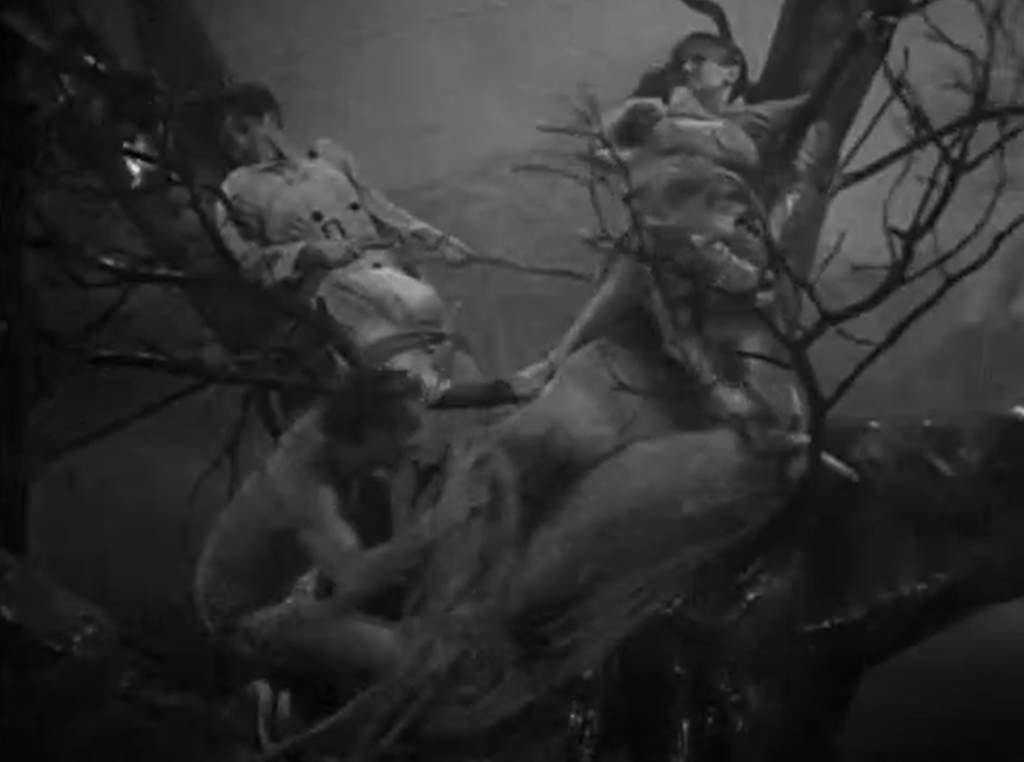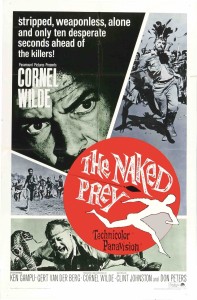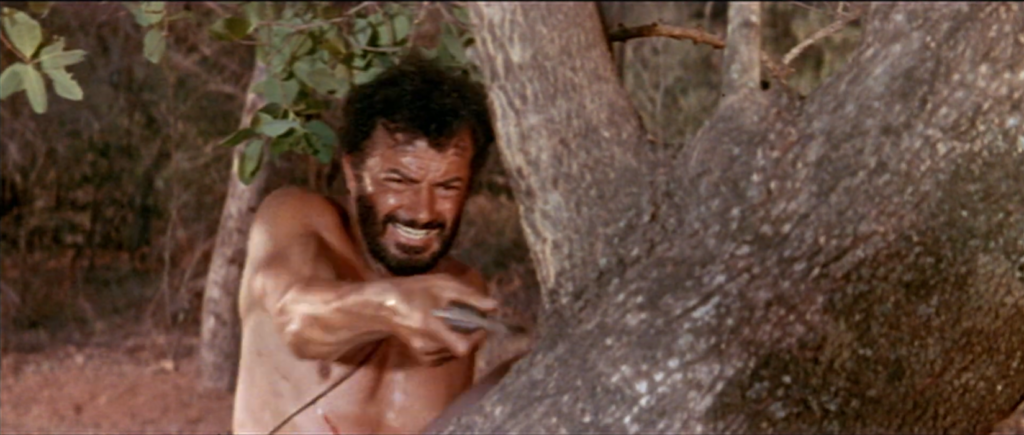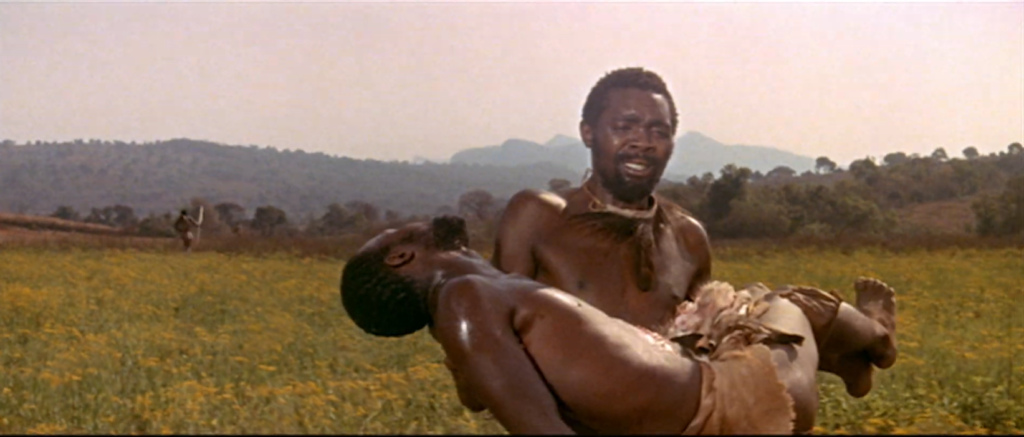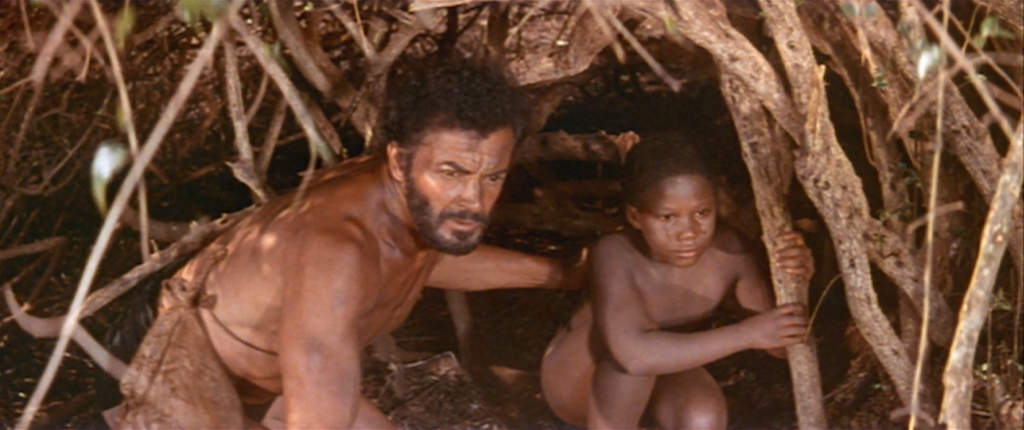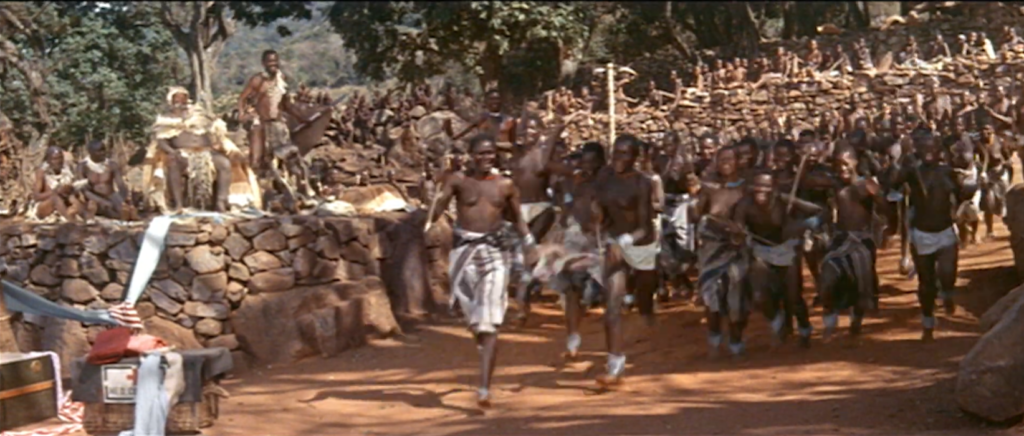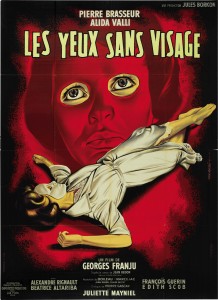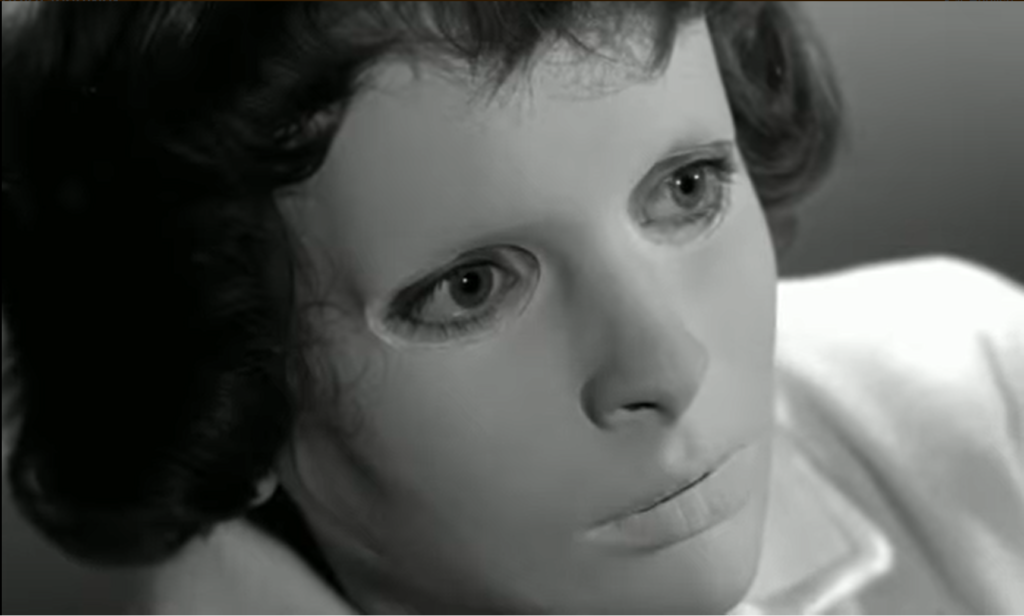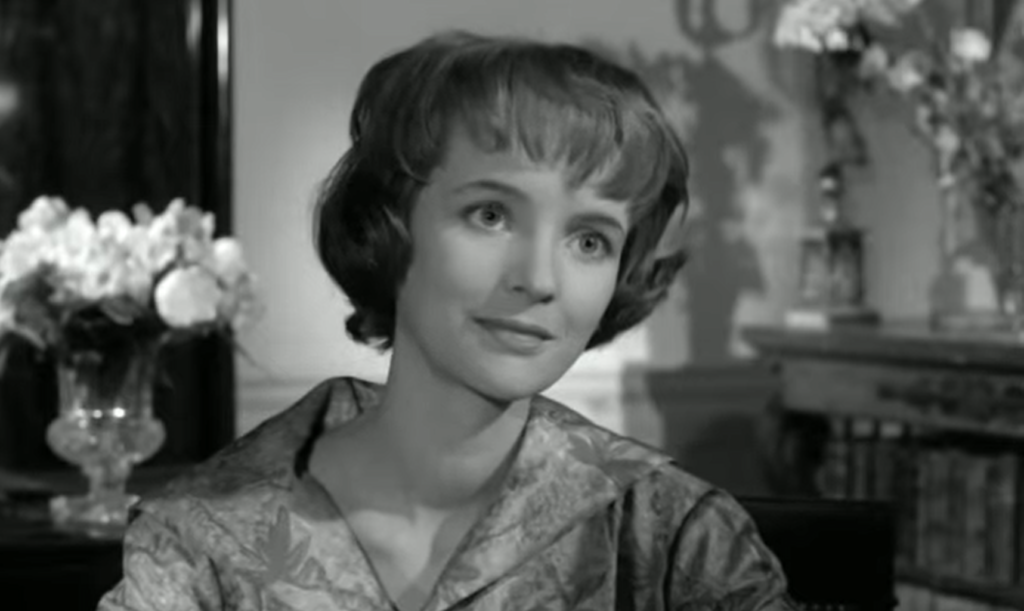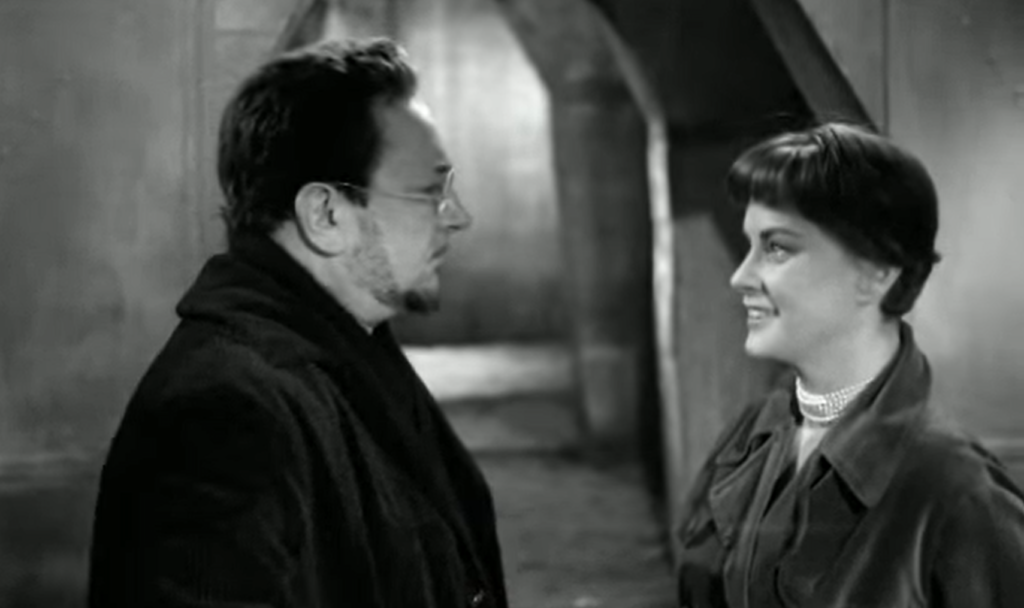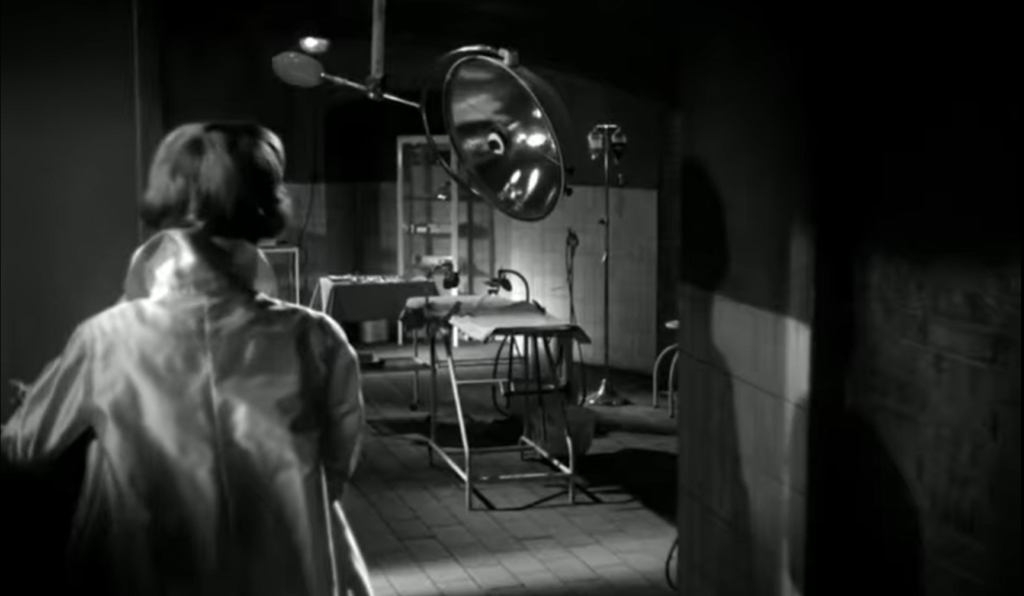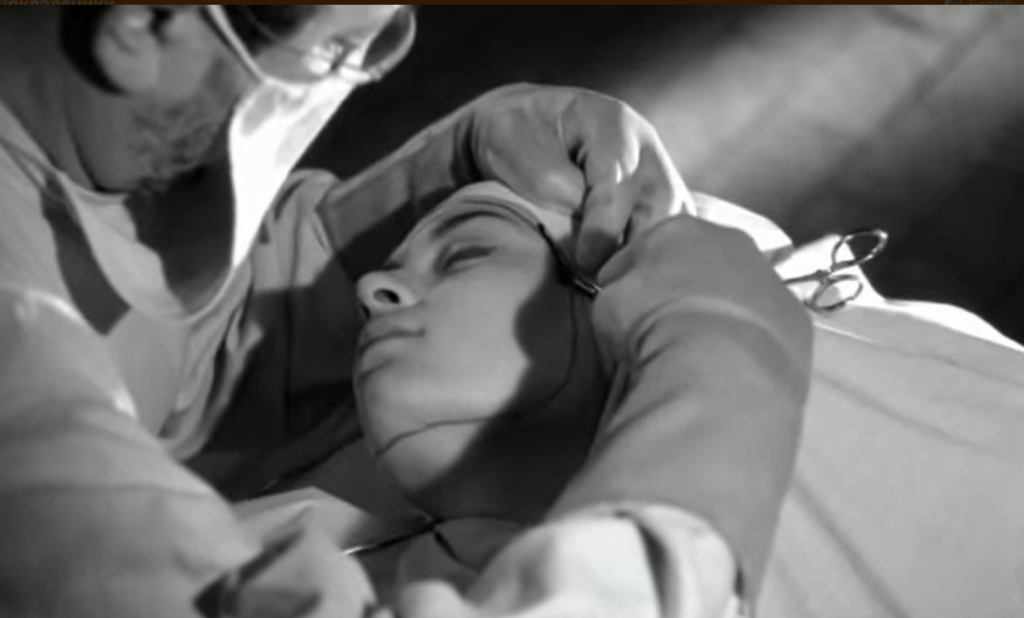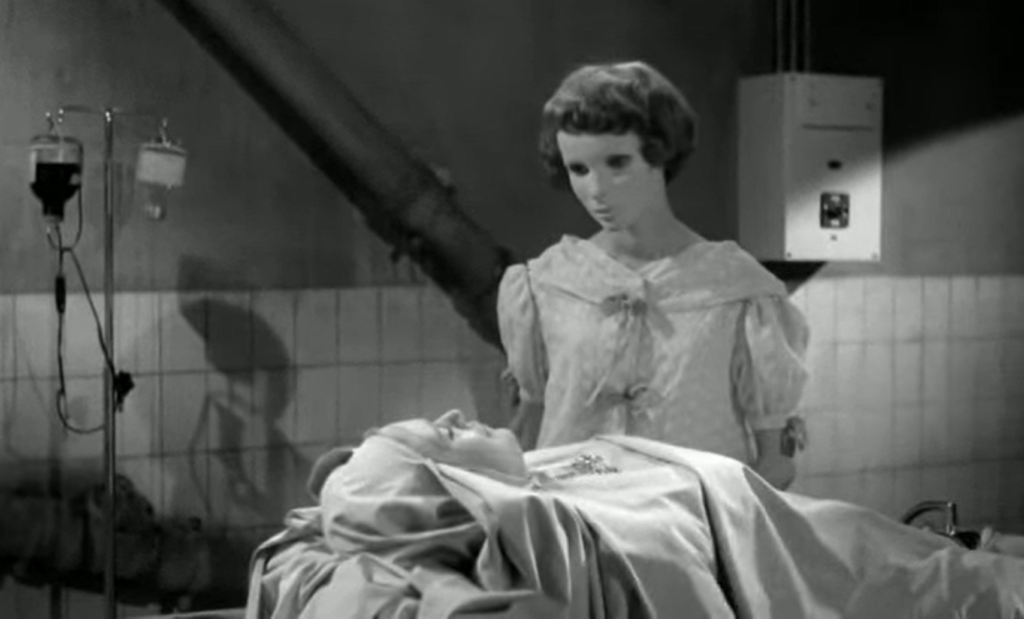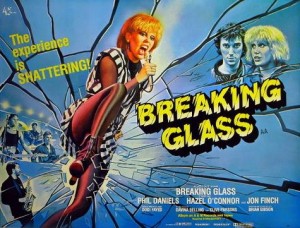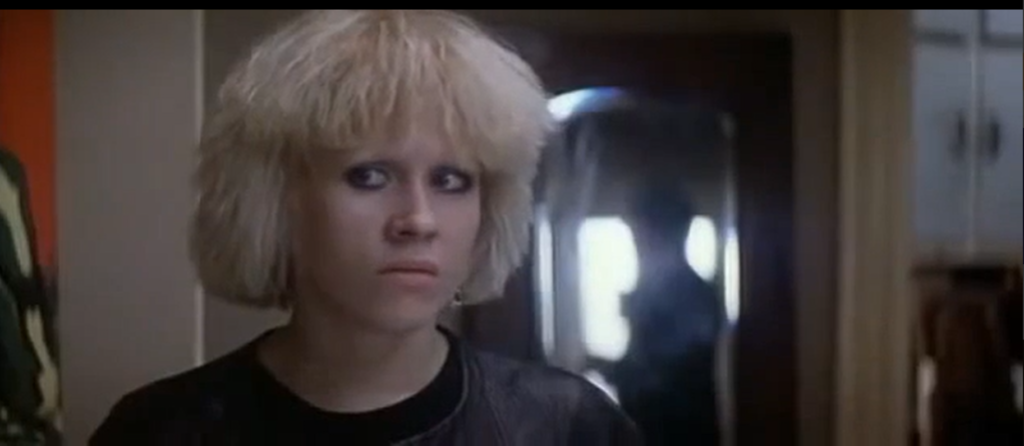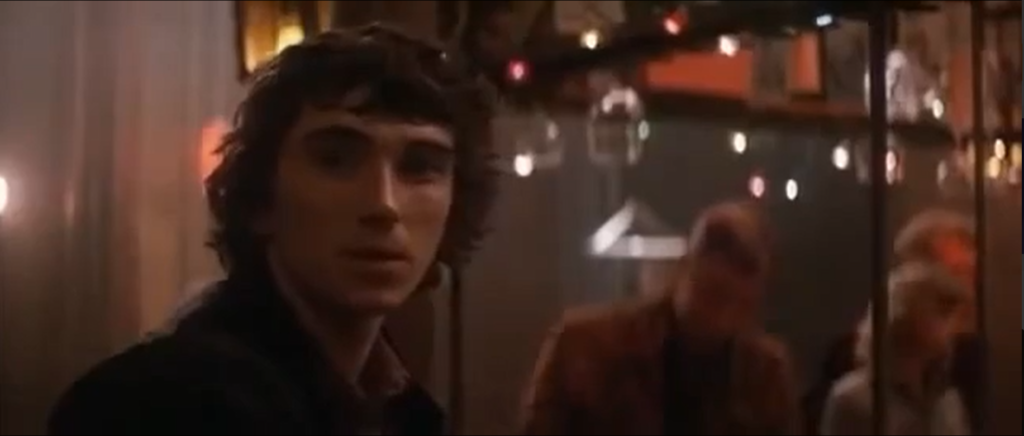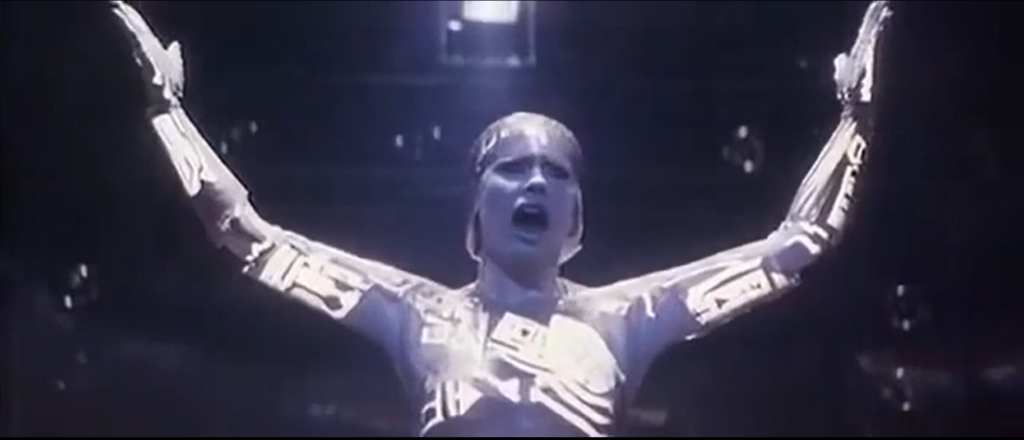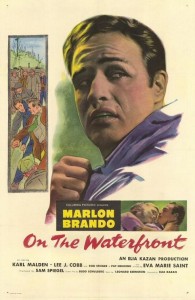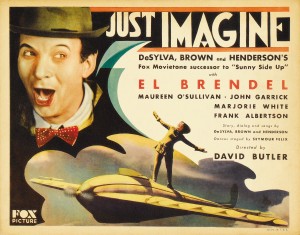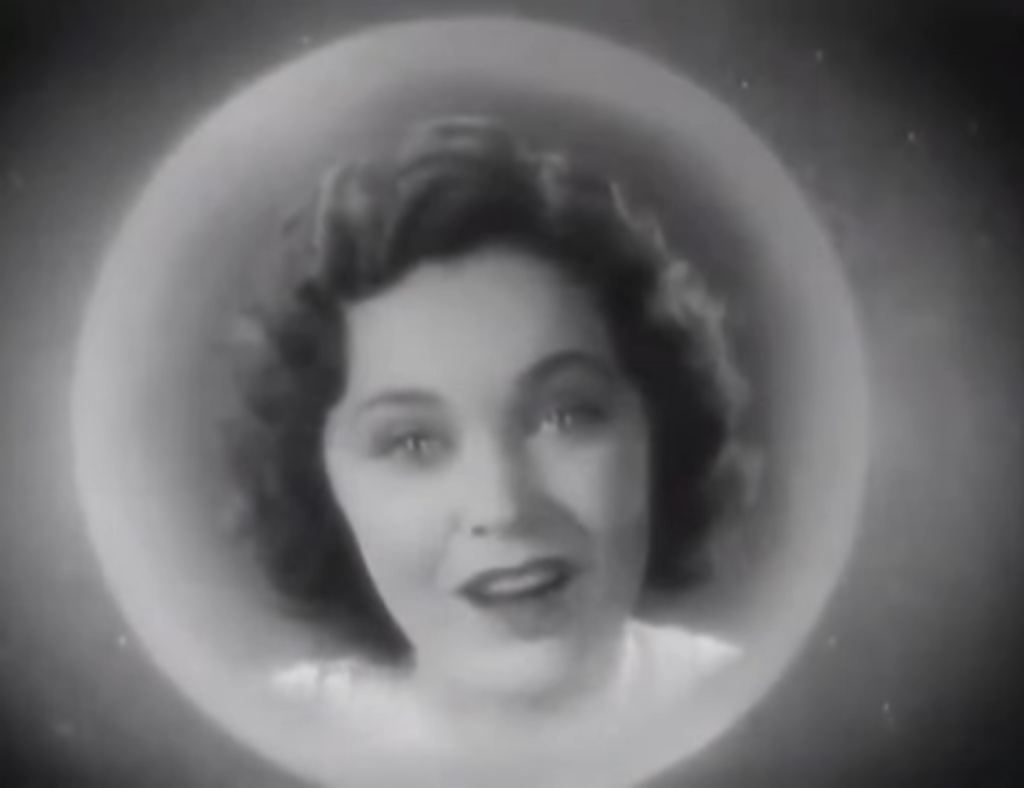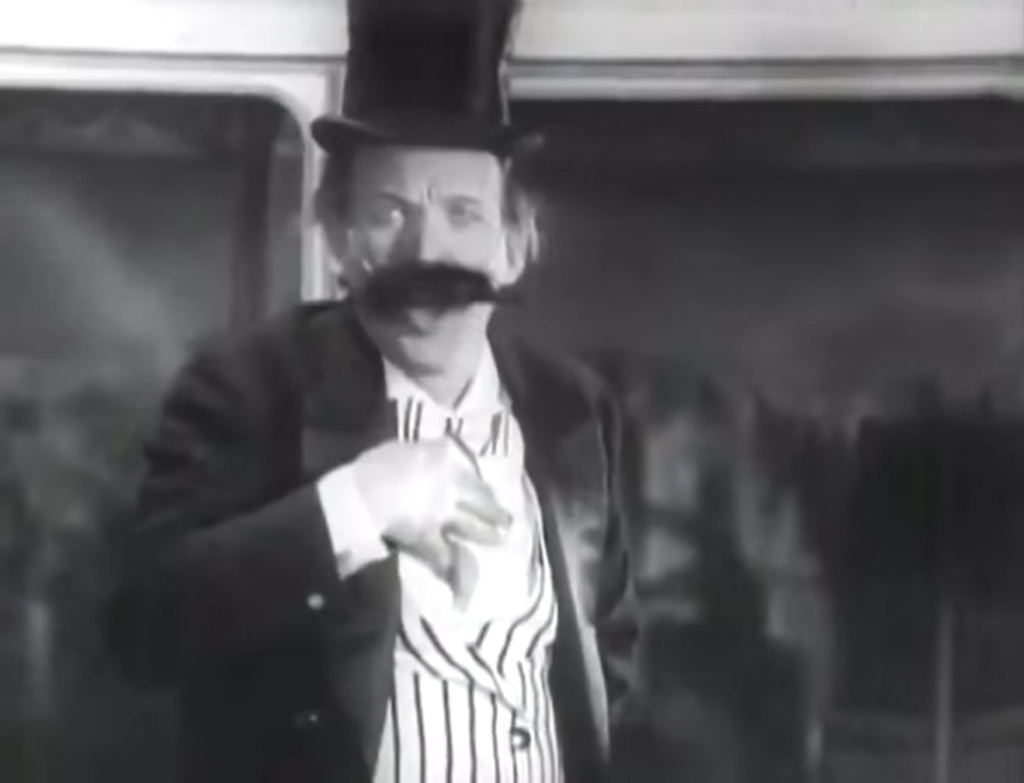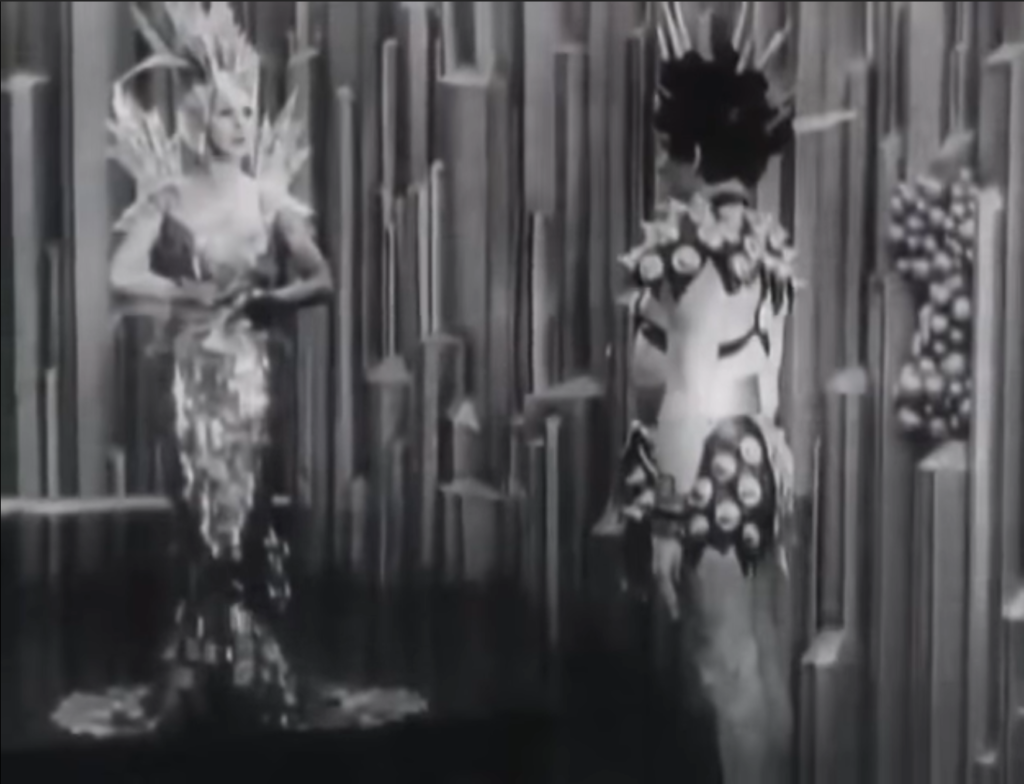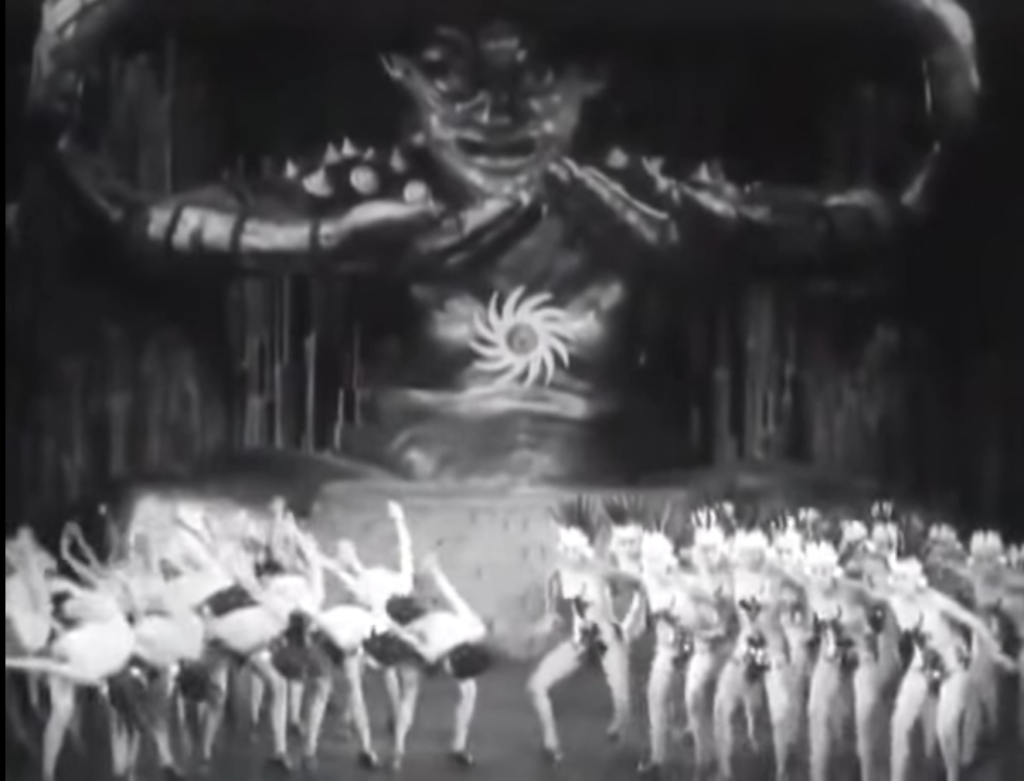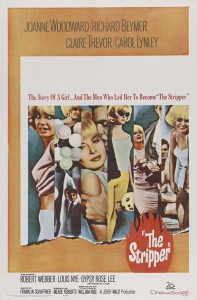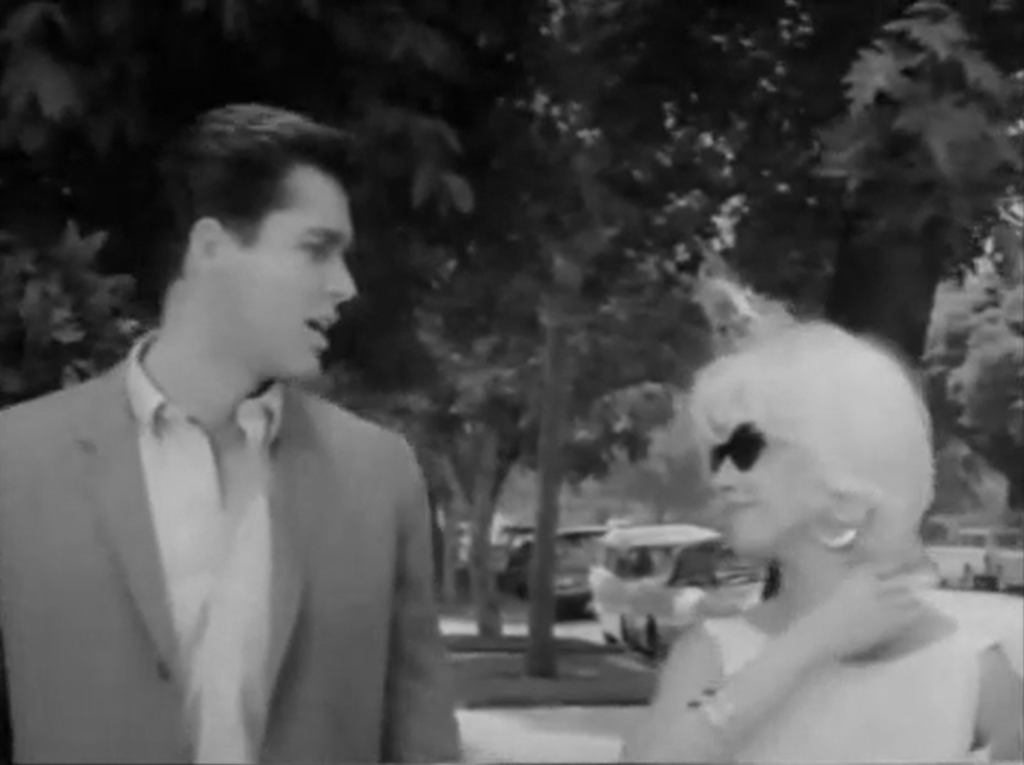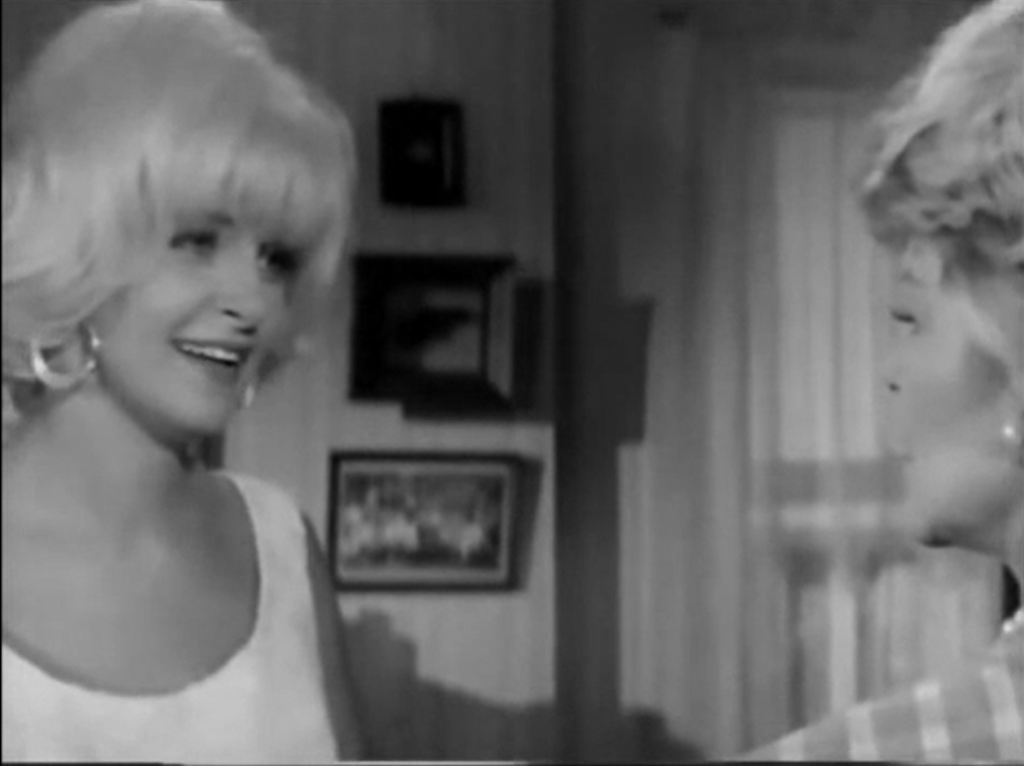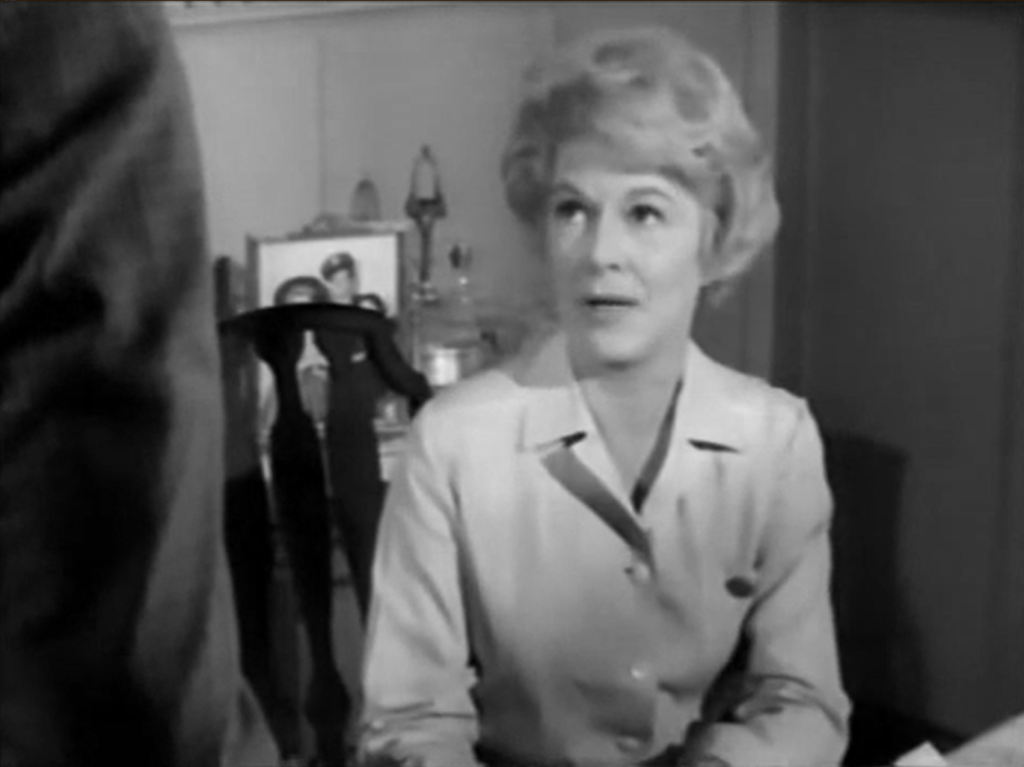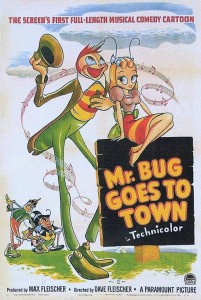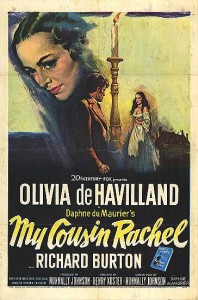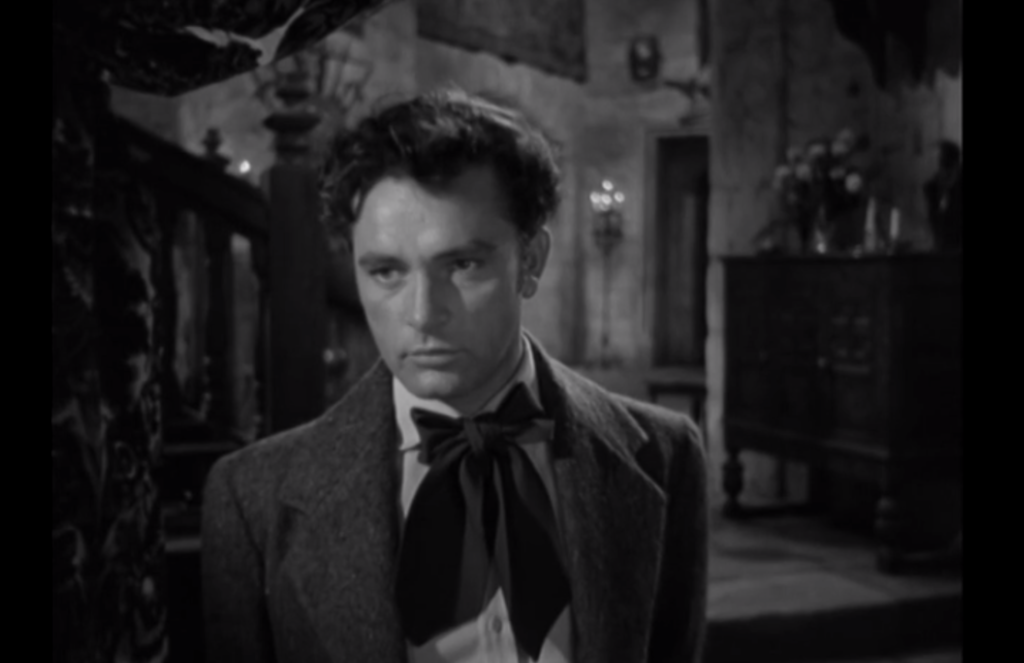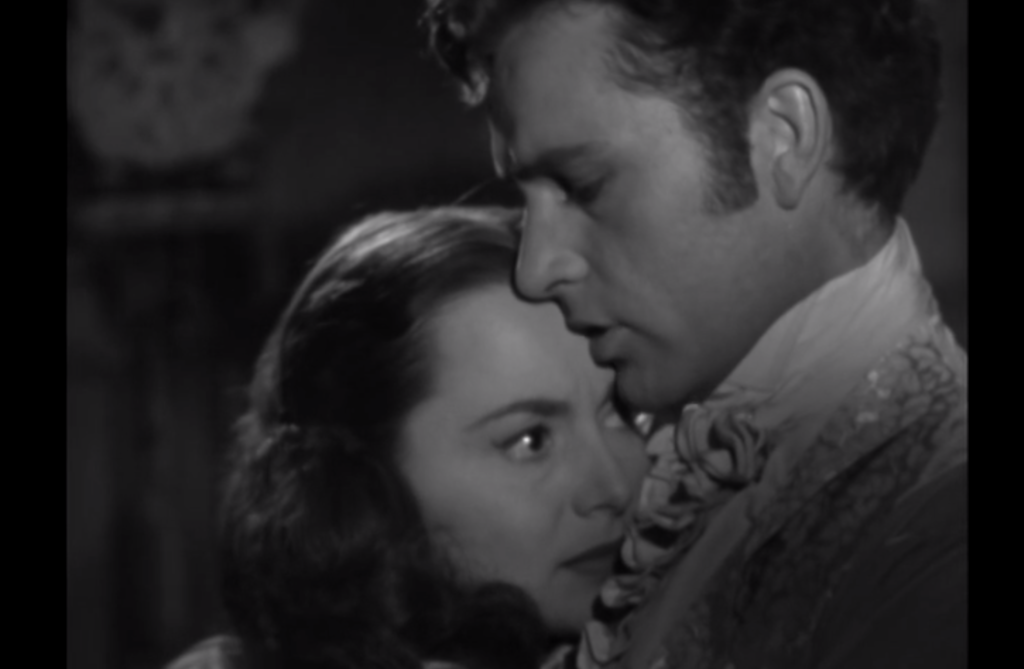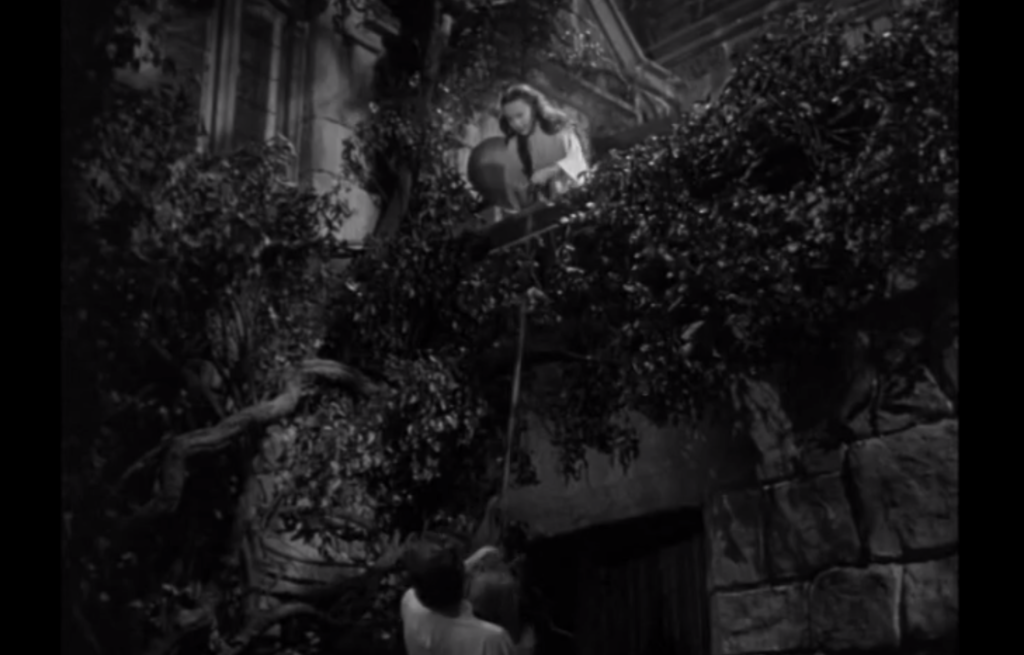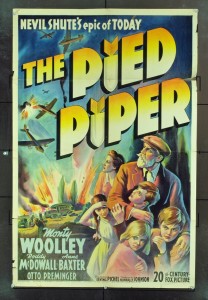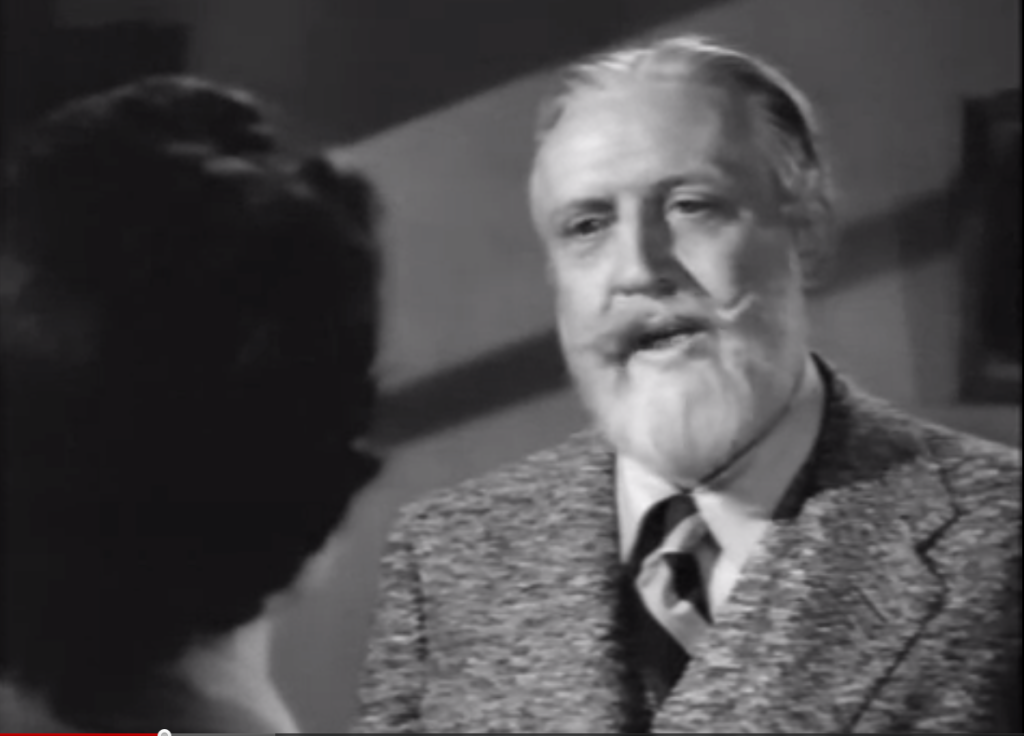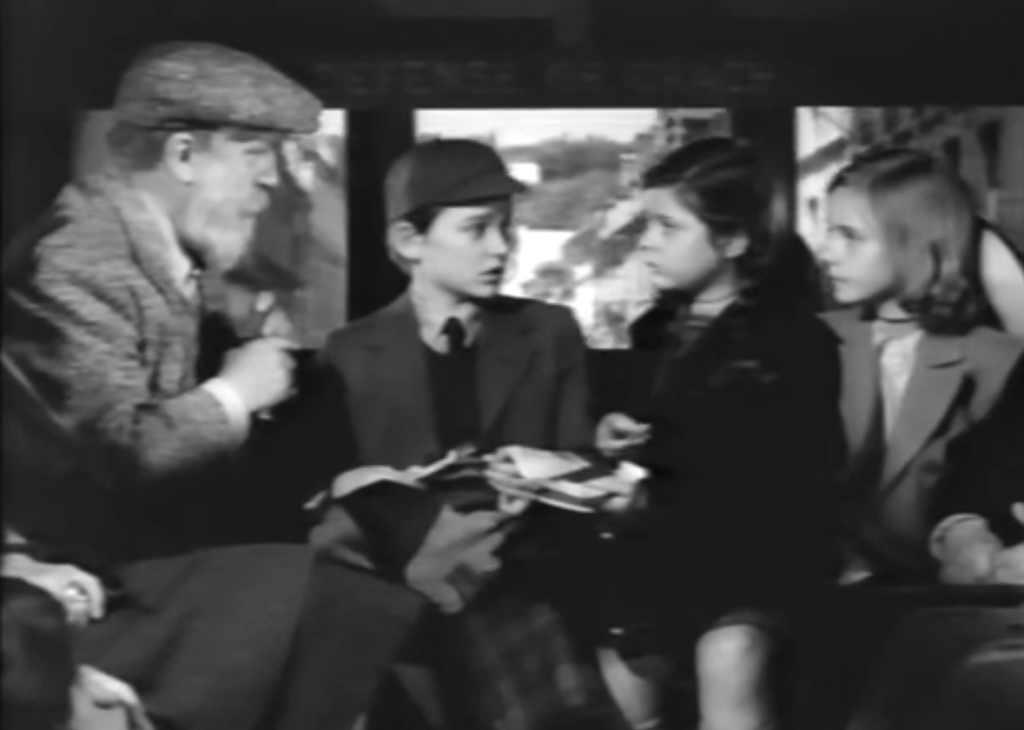Hurricane, The (1937)
“No jail can hold Terangi very long — if it has a window in it, he’ll fly away! If it has water around it, he’ll swim away!”
|
Synopsis: |
|
Genres, Themes, Actors, and Directors:
Review: Yet The Hurricane remains the less compelling of the two films in terms of sheer narrative and characterization, with a primary problem one of lead casting: although blonde Jon Hall is hunky eye candy and not a terrible actor, it’s simply impossible to imagine him as an island native. Indeed, when he’s ordered to “get up when a white man tells ya to!”, one almost wants to laugh, since Hall is undeniably a white man himself! Equally problematic is the film’s overall portrayal of the South Pacific islanders as happy, naughty, naive children lacking any ability to reason rationally. In the first scene of the movie, for instance, even a sympathetic white character (Thomas Mitchell) is heard making the disparaging comment that “a sense of honor in the South Seas is about as useful — and often as silly — as a silk hat in a hurricane.” And Terangi — though he eventually becomes somewhat of a folk legend — is ultimately shown to be unthinking in his ceaseless, animal-like attempts to escape, without concern for the consequences. The performances as a whole in The Hurricane are unexceptional. Though Mitchell was nominated for an Academy Award as best supporting actor, his work here playing a drunken doctor isn’t especially impressive. Mary Astor is wasted in a thankless role as Massey’s loyal wife, while Massey himself comes across as one-dimensionally stubborn. Dorothy Lamour — never a great actress, but undeniably beautiful — gives perhaps the most appealing performance, managing to pass as a native without too much trouble. But the primary selling point of The Hurricane (which received excellent reviews upon its release) was and is its final climactic sequences, directed by an uncredited Stuart Heisler. Heisler’s ability to simulate a ferocious island hurricane is nothing short of phenomenal, and represents a true masterpiece of early special effects in cinema. Indeed, the entire narrative arc leading up to these final scenes seems superfluous in hindsight. The titular hurricane itself makes this must-see viewing for serious film fanatics. Redeeming Qualities and Moments: Must See? Categories
Links: |

